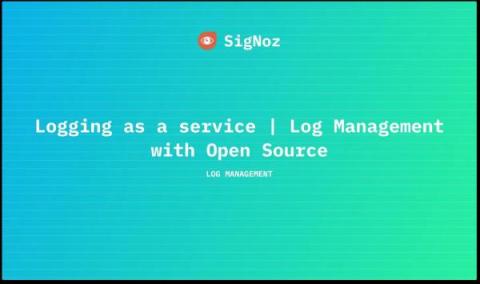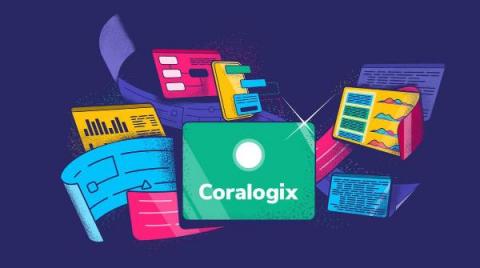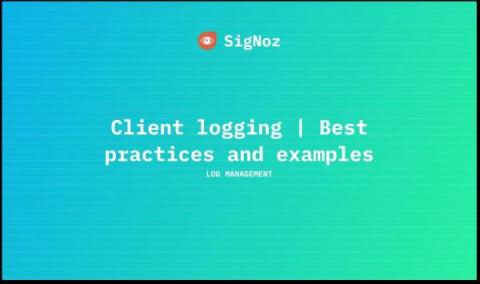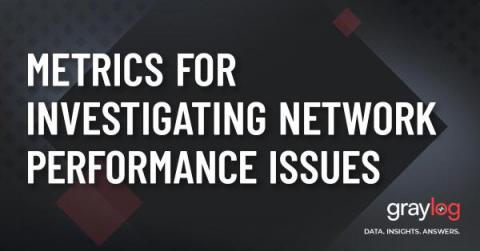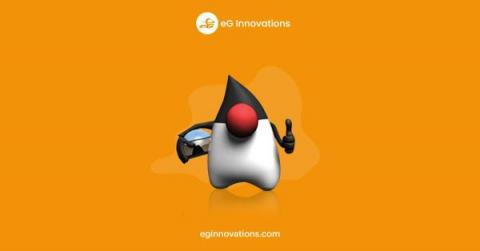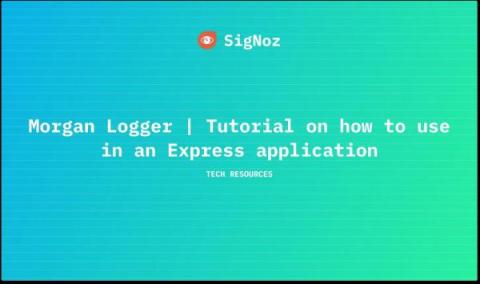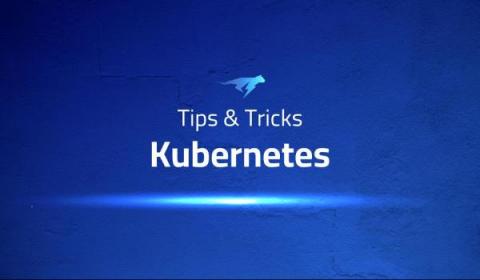Operations | Monitoring | ITSM | DevOps | Cloud
Monitoring
The latest News and Information on Monitoring for Websites, Applications, APIs, Infrastructure, and other technologies.
Coralogix Makes Observability Collaborative
In the world of observability, there are several distinct problems to solve. Fast queries, intuitive visualizations, scalable storage, and more. The technical problems receive the most attention; however, there is another, more subtle problem. How do observability platforms facilitate collaboration on the scale needed by organizations?
Client logging | Best practices and examples
Metrics For Investigating Network Performance Issues
When the world went remote in March 2020, cloud technologies made work possible. Rapid digital transformation changed everyone’s jobs, whether in-office, remote, or hybrid. Today, your business relies on network speed for everything from productivity to customer service. Keeping your company’s services running means you need to make sure you have low-latency connectivity across data centers, users, and cloud.
How JMX Monitoring Works for Java Applications
The Java Management Extensions (JMX) framework is a Java technology that includes tools for managing and monitoring applications, system objects, and service-oriented networks. The JMX framework is designed to simplify the management of local and remote Java applications. The JMX framework introduces the concept of MBeans for real-time management of applications, whereby resources are represented by objects called MBeans (Managed Beans).
Six Key Observability Principles for Understanding Modern Applications
The rise of modern applications has kicked basic monitoring tools to the curb. With observability, teams can proactively know, in real-time, what’s happening across the entire stack. Observability allows us to take a holistic view of our IT systems and learn about the current state based on the environment and the data it generates. But how do you properly implement observability? Here are 6 guiding principles to make sure your IT and DevOps teams are set up for success.
Morgan Logger | Tutorial on how to use in an Express application
Launching the CloudFabrix Space Craft into the Orbit!
Tips & Tricks for using Kubernetes
Businesses around the world are increasingly turning to container technology to streamline the process of deploying and managing complex, cloud native applications. Containers bundle all necessary dependencies into a single package, offering portability, speed, security, scalability, and ease of management, making them the preferred choice over traditional virtual machines (VMs).


